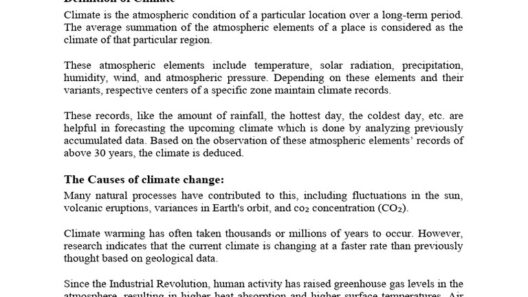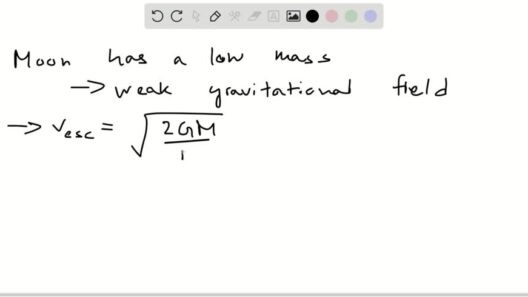The Paris Climate Pact stands as a modern beacon of hope amidst the tempestuous seas of climate change, a multifaceted agreement forged through the collective will of nations seeking to navigate toward a sustainable future. Just as a ship requires a sturdy hull, so too does our planet require well-defined commitments to shield it from the growing perils of destabilized weather patterns, acute natural disasters, and the inexorable rise of sea levels. The Paris Agreement, adopted in December 2015, exemplifies this hull—a robust structure aimed at reducing greenhouse gas emissions and limiting global temperature rise to well below 2 degrees Celsius above pre-industrial levels, with aspirations to cap the increase at 1.5 degrees Celsius. This ambition is critical; the more we wade into the 21st century, the faster our environmental conditions are deteriorating, and the urgency of action cannot be overstated.
At the core of this global accord lies the principle of “nationally determined contributions” (NDCs). Each country, like a bespoke tailor fashioning a suit, is tasked with customizing its own blueprint for emissions reductions based on its unique capabilities and circumstances. This decentralized approach, while fostering autonomy, also engenders a responsibility that varies from nation to nation. Developed countries, often lavishly culpable for historic emissions, encounter pressures to lead by example, while developing nations, grappling with the dual challenges of economic growth and environmental preservation, must tread carefully, lest they exacerbate poverty and inequality.
The commitments encapsulated within the Paris Agreement are akin to the fibers of a fine tapestry; each nation’s pledges interweave to form a unified yet diverse picture of global climate action. The agreement operates under the premise that ambitious changes must unfold at both individual and collective levels. As nations present their NDCs every five years, they are encouraged not merely to maintain their status quo but to elevate their pledges, pushing the envelope regarding their reduction targets. This iterative process allows for ongoing assessment and encouragement, much like a team of athletes refining their strategy to achieve a common goal—a gold medal for the planet.
The costs associated with fulfilling these commitments can be staggering. Transitioning to a carbon-neutral economy necessitates substantial investments in green technologies, renewable energy sources, and infrastructural changes. This shift can be likened to replacing the engine of a ship while it is still afloat—a complex endeavor requiring detailed planning, robust financing, and, most importantly, global cooperation. According to estimates, transitioning to a low-carbon economy could demand investments reaching into the trillions of dollars by 2030. However, the returns on these investments are manifold. They promise not only a healthier planet but also sustainable economic growth, energy security, and job creation in burgeoning sectors.
While some countries have made significant strides in establishing policies and frameworks to meet their climate commitments—such as Europe’s ambitious Green Deal or China’s pledge to achieve carbon neutrality by 2060—others grapple with systemic inefficiencies and political inertia. The dichotomy between aspiration and execution often serves as a crude reminder of the prevailing economic and social dynamics. In some instances, political will crumbles under immediate economic pressures, leading to the floundering of previously set commitments. The perils of this indecision cannot be overstated; failing to act decisively may propel us deeper into a climate crisis, exacerbating vulnerabilities already faced by the most marginalized sections of society.
Furthermore, international financial mechanisms play a pivotal role in bolstering climate action. Developed countries pledged to mobilize $100 billion annually by 2020 to aid developing nations in their climate-related endeavors. These funds are akin to lifebuoys thrown to a beleaguered sailor; they offer essential support, enabling countries to mitigate climate risks and invest in resilience-building measures. Nevertheless, despite good intentions, disbursement of this financial assistance remains inconsistent, posing an existential threat to the trust underpinning the Paris Agreement.
At this juncture, it is vital to underscore the significance of global solidarity in maneuvering through the murky waters of climate change. The Paris Agreement has galvanized a diverse coalition of stakeholders, with cities, businesses, and citizens taking up the mantle of climate stewardship. Initiatives such as the “Race to Zero” campaign epitomize a groundswell of collective action, encouraging non-state actors to pledge their commitment to net-zero emissions. The integration of various sectors and societal levels reflects an understanding that addressing climate change transcends geopolitical boundaries—it is a harmonious symphony requiring the cooperation of every instrument in the orchestra.
In conclusion, as we stand at the precipice of a new era in climate policy, the Paris Climate Pact underscores both the imperative action needed and the shared responsibility across the globe. It compels nations to choose a trajectory that nurtures our planet while fostering economic growth and social equity. The road ahead may be arduous, yet the promise of a coordinated and committed effort transforms a multifarious challenge into an opportunity for innovation and regeneration. Hence, the question remains: will the global community seize this fleeting opportunity to rectify course, or will we allow our ship to drift further into stormy seas? The choice lies in our hands, and the time to act is now.








